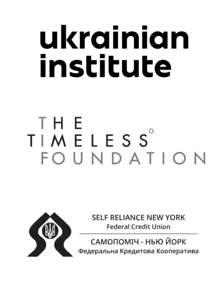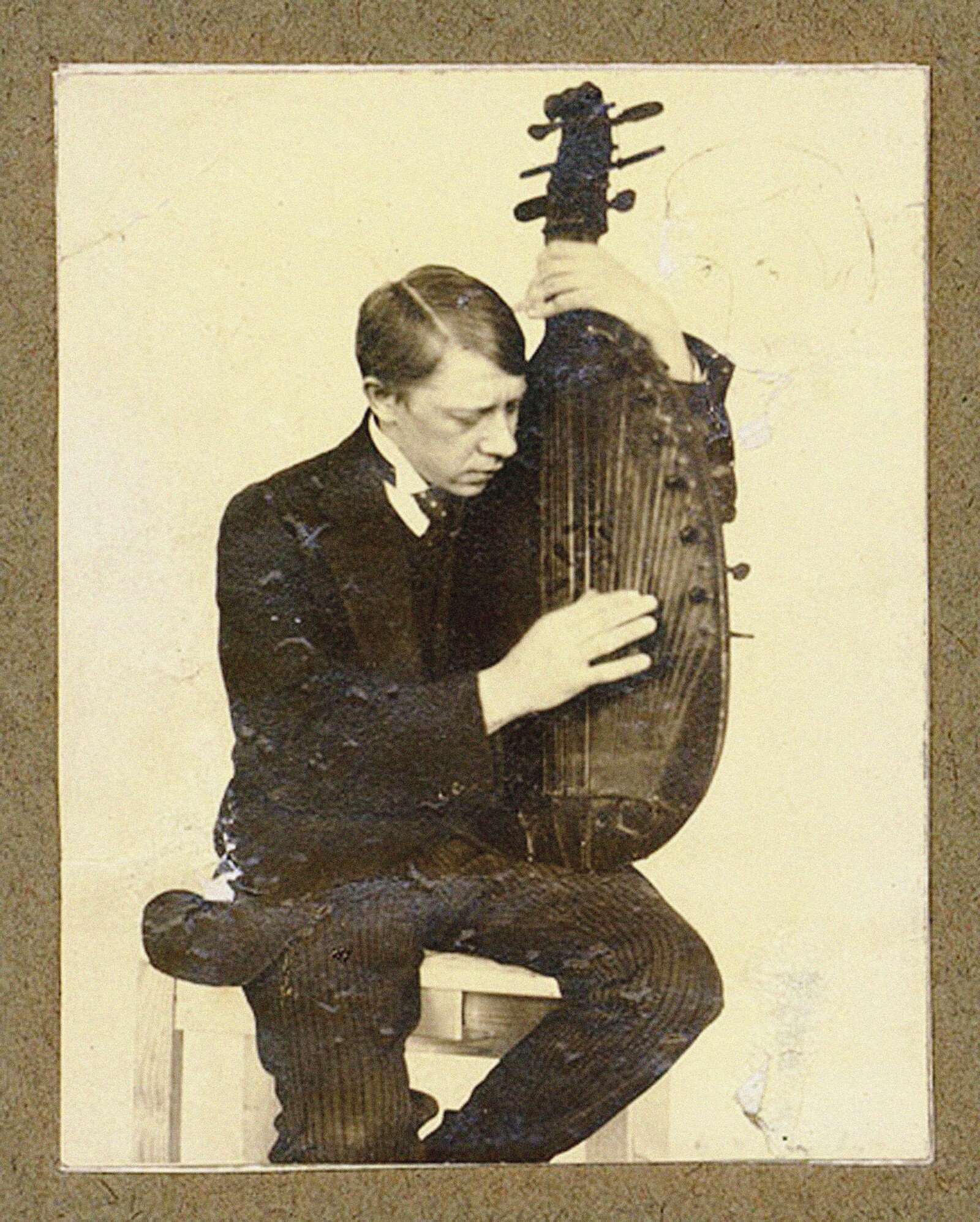Tatlin: Kyiv
February 7–April 27, 2025
between 2nd and 3rd Avenue
222 East 6th Street
New York, New York 10003
United States
Hours: Wednesday–Sunday 12–6pm
T +1 212 228 0110
info@ukrainianmuseum.org
The Ukrainian Museum New York is pleased to announce the inaugural solo exhibition of Vladimir Tatlin’s work in North America, entitled Tatlin: Kyiv, running from February 7–April 27, 2025.
Vladimir Tatlin (Ukrainian: Volodymyr), the prominent avant-garde artist, and founder of Constructivism, was born in Kharkiv, Ukraine and lived and worked in Kyiv from 1925 until 1927.
This pioneering exhibition recreates the artist’s Kyiv studio and chronicle the work made during this period within the museum space, depicting the actual environment in which his art was conceived and created for the very first time.
Tatlin: Kyiv serves as an educational catalyst for the decolonization of Ukrainian art through the lens of Tatlin’s work, contributing to the preservation of Ukrainian history and cultural discourse.
Tatlin made significant contributions to the world of art, design and architecture through his seminal vision. While he inspired generations of artists, many of whom are now showcased around the world, his work is rarely organised as solo exhibitions. Due to Tatlin’s conceptual and ephemeral process, many of his original works no longer exist, except as later reconstructions.
In addition to the replica of Tatlin’s Kyiv studio, the exhibition remade his stage and podium for the Kyiv Art Institute’s tenth anniversary in 1927, as well as the first prototype constructions of his storied flying apparatus Letatlin. This major work was conceived after the artist found a stork with a damaged wing which he took to his studio for care. The stork would go on to live in Tatlin’s loft, inspiring the early designs depicted within the exhibition.
The first versions of Letatlin consisted of a body basket for the human operator, engineered of willow branches and bent wood with wings spanning almost 10 meters (33 feet) across, sheathed with parachute silk. The bird-shaped machine was held together with steel cables, leather and whalebone; custom-made metal bearings ensured efficient movement. Constructed as a glider but with wings that can achieve three kinds of movements that resemble those of a bird’s, Tatlin hoped that future humans would be able to move around freely in the airspace.
Tatlin’s illustration and design work with local Kyiv journals, book publishers, and theatre productions are highlighted for the first time. Additionally, the works of artists who studied under Tatlin at the Kyiv Institute of Art, where he taught a multi-disciplinary class which combined sculpture, film, and photography, are on show.
Tatlin: Kyiv reexamines a major gap in the discourse of art history to include Tatlin’s work of the late 1920s. Despite periods of obscurity after 1940, Tatlin’s legacy endured, and he has been celebrated as the first conceptual artist of the 20th Century, yet his Ukrainian identity remains widely unrecognised. This exhibition and the accompanying catalogue restore Tatlin’s Ukrainian context. The project underscores Tatlin’s significance as an artist and as a symbol of Ukrainian cultural heritage.
Peter Doroshenko, Director and curator of the exhibition, states, “Tatlin’s two years in Kyiv in the late 1920s was the most productive and little-known time period in his career. He embraced his Ukrainian heritage and embedded his culture into his art making. This exhibition and its catalogue focus on rectifying the misconception of his nationality and elevate his status as a proud Ukrainian artist.”
A 122-page catalogue published by Rodovid Press in Kyiv will accompany the exhibition. Essays by art historians Peter Doroshenko, Tatyana Filevska, and Oksana Semenik, will expand our understanding of Tatlin’s work in Ukraine.
Tatlin: Kyiv is made possible thanks to the support of The Timeless Foundation in Amsterdam, the Ukrainian Institute’s Visualise Programme, and Self Reliance New York Federal Credit Union.
About The Ukrainian Museum New York
Founded in 1976, The Ukrainian Museum’s purpose is to acquire, preserve, exhibit, and interpret articles of artistic or historic value related to Ukrainian life and culture; to promote all aspects of Ukrainian culture; and to educate the public about Ukraine and Ukrainian culture. Seated in the heart of Manhattan’s vibrant East Village, the Museum has served as a prime resource for those seeking a connection to the cultural heritage of Ukraine for 48 years. As Russia continues its full-scale invasion of Ukraine, we aspire to not only represent Ukraine, but to also decolonize Ukrainian culture, continue speaking on the war, and raise awareness on the impact that Ukrainians from the diaspora have had in the arts, and indeed the world. Throughout the last year, the Museum has curated major exhibitions, accompanied by fully researched, illustrated catalogues, that discuss Russia’s war against Ukraine, represent Ukraine’s folk art traditions, and display both largely known and largely unknown Ukrainian artists, such as Janet Sobel, Nikifor, Lesia Khomenko, Maria Prymachenko, Yelena Yemchuk, Peter Hujar, Alexandra Exter and more. We are also committed to educational programming that includes guided tours, courses, and workshops for adults and children. Community-oriented events such as lectures, symposia, concerts, and films have also been part of the museum‘s programming, such as our newly-implemented Decolonization series, which will continue into next year.



